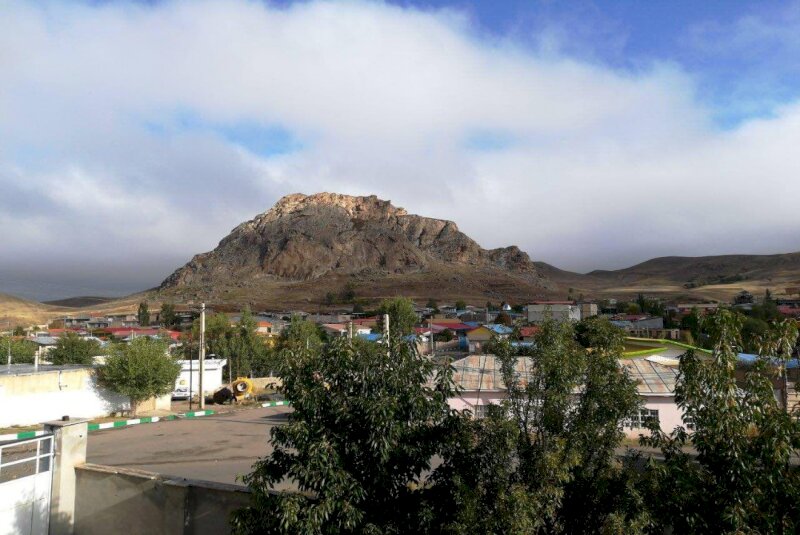Off the beaten track: rural complex expected to lift tourism in Iranian village

TEHRAN – A vast tourism complex is being constructed in Kour Abbaslu village, Nir county, the northwestern province of Ardabil, Nir’s tourism chief has said.
A budget of 50 billion rials ($1.2 million at the official exchange rate of 42,000 rials per dollar) has been invested in the project, which is being carried out by the private sector, Behnam Vakili announced on Saturday.
Covering an area of over 1,200 square meters, the project aims to improve rural tourism in the region and attract more tourists and travelers, the official added.
Back in September, Ardabil’s tourism chief Nader Fallahi announced that a total of four tourism-related projects worth 3.3 trillion rials ($78.5 m) are underway across Nir county in collaboration with the private sector.
The projects include a three-star hotel, two tourist complexes, and a guest house, the official added.
Back in January, the official announced that more than 150 tourism-related projects are underway across the northwestern province. The mentioned projects will prepare the province’s tourism sector for the post-coronavirus era when the number of tourists and travelers is expected to rise magnificently, the official added.
Sprawling on a high, windswept plateau, Ardabil is well-known for having lush natural beauties, hospitable people, and its silk and carpet trade tradition. It is also home to the UNESCO-registered Sheikh Safi al-Din Khanegah and Shrine Ensemble.
The province is very cold in winter and mild in summer, attracting thousands every year. The capital city of Ardabil is usually recorded as one of the coldest cities in the country in winter.
Rural tourism in Iran
Home to thousands of ancient villages, Iran perfectly suits the tastes of many domestic and even international vacationers who are seeking unique natural experiences, unspoiled landscapes, stay in authentic accommodation, and feel local lifestyles.
Sightseers may stop for a rest with a rural or nomadic family for a while or enjoy an independent stay and assist them with day-to-day life. It also opens up an opportunity to feel rustic routines, their agriculture, traditions, arts, and culture whose magic know-hows passed down from generation to generation.
Rural tourism as well as agritourism and farm-stays can be regarded as a win-win both for local communities, and post-modern travelers who are tracing unique experiences.
Rural tourism, most of all, sets the ground for economic development in rural areas by creating additional income and employment. It can also improve the social wellbeing in rural areas, for instance by stimulating improvements in infrastructure, sanitation, and electricity networks.
The World Tourism Organization sees rural tourism as a type of activity in which the visitor’s experience is related to a wide range of products generally linked to nature-based activities, agriculture, rural lifestyle, culture, angling, and sightseeing. Such tourism also possesses characteristics such as low population density, a landscape dominated by agriculture and forestry, as well as traditional social structure and lifestyle.
ABU/AFM

Leave a Comment